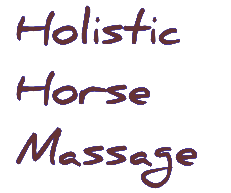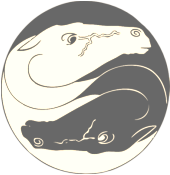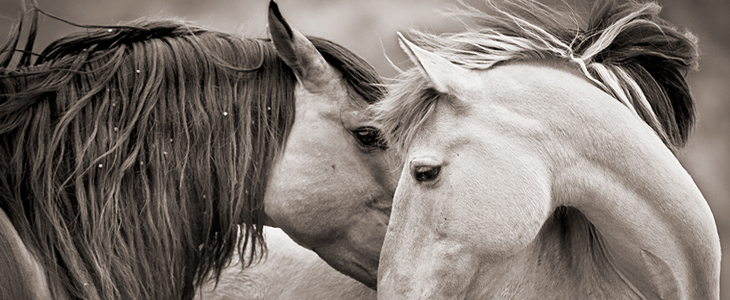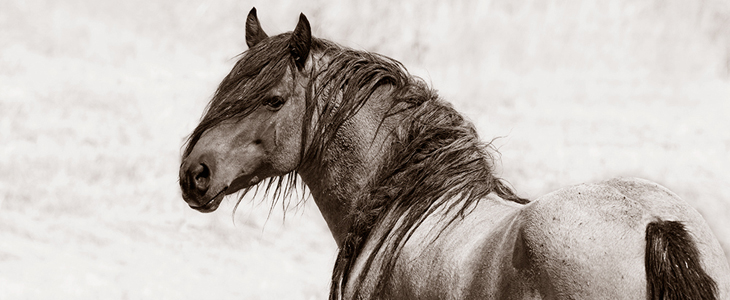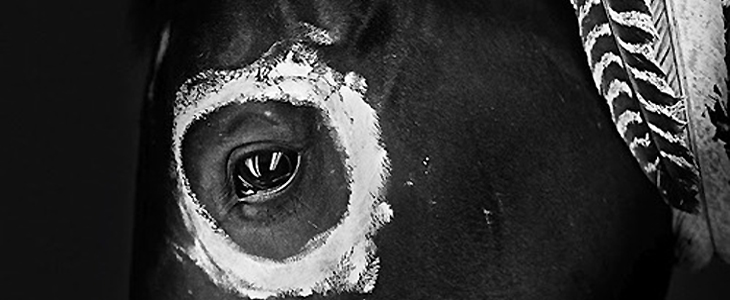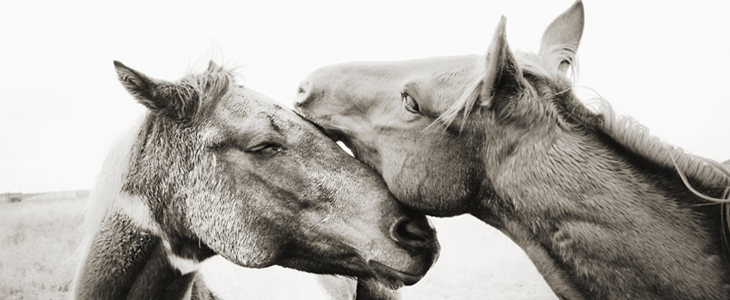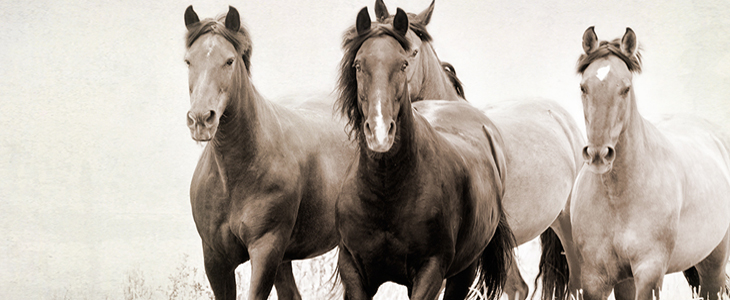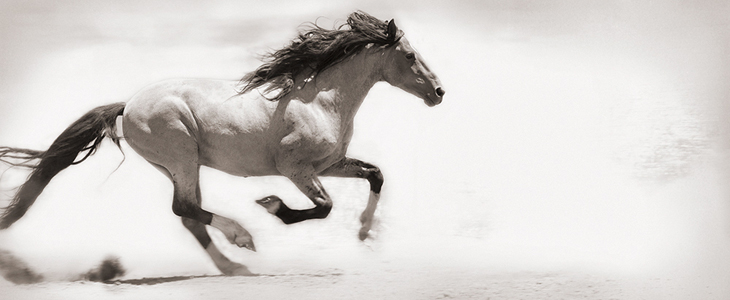What Happens During a Massage Session?
Having your horse massaged, especially for the first time, is a learning experience for all involved and engaged- the horse, owner, and therapist. You may be wondering what to expect from a visit or how to prepare. Although each horse and therefore each session is unique, the general flow is somewhat similar. This page is not necessary to read through, but it can answer a lot of common questions about how a session unfolds.
Regular sessions generally last 1 to 2 hours, although longer sessions are certainly encouraged if needed, and the first session should include an extra 30 minute health assessment, conformation and/or gate analysis if needed. The first health assessment should include information such as age, discipline, past injuries, diet, medications, foals, Vet recommendations, recent dental and farrier work, etc.
Sessions begin with an update of the horse’s behavior and a discussion of any recent changes. For instance, has the horse recently been reluctant to start on the left lead? Is the horse on any new medication or diet? Does the horse’s mood seem lethargic or restless?
Notes will be made on the horse’s chart and the massage will then begin, starting with passive touch and initial palpation. This will help gauge the horse’s current state and mood, identify areas that I will focus on, and allow me to proceed with the most effective techniques throughout the massage.
The actual massage will last about 45 minutes to 1.5 hours depending on agreed time for the session as well as what the horse needs, utilizing appropriate techniques and focusing on areas that require the most attention.
The massage will then ease into some final stretching, then come to a complete close by repeating passive touch, connecting the entire body once again.
I will review with the owner/guardian what I found during the massage, techniques used, recommended follow up and, if requested, show basic techniques they can use on the horse themselves. The owner/guardian or vet will receive a copy of the horse’s chart.
Regular sessions generally last 1 to 2 hours, although longer sessions are certainly encouraged if needed, and the first session should include an extra 30 minute health assessment, conformation and/or gate analysis if needed. The first health assessment should include information such as age, discipline, past injuries, diet, medications, foals, Vet recommendations, recent dental and farrier work, etc.
Sessions begin with an update of the horse’s behavior and a discussion of any recent changes. For instance, has the horse recently been reluctant to start on the left lead? Is the horse on any new medication or diet? Does the horse’s mood seem lethargic or restless?
Notes will be made on the horse’s chart and the massage will then begin, starting with passive touch and initial palpation. This will help gauge the horse’s current state and mood, identify areas that I will focus on, and allow me to proceed with the most effective techniques throughout the massage.
The actual massage will last about 45 minutes to 1.5 hours depending on agreed time for the session as well as what the horse needs, utilizing appropriate techniques and focusing on areas that require the most attention.
The massage will then ease into some final stretching, then come to a complete close by repeating passive touch, connecting the entire body once again.
I will review with the owner/guardian what I found during the massage, techniques used, recommended follow up and, if requested, show basic techniques they can use on the horse themselves. The owner/guardian or vet will receive a copy of the horse’s chart.
What if my horse doesn't like to be touched or reacts violently during a session?
During sessions I am in constant communication with the horse in order to understand what it needs and doesn't need from me. Because I am often working on horses that are in a certain amount of pain, resistance and/or reaction is not uncommon, but often times a horse can be worked with in order to work through its discomfort. One approach is beginning work in an area the horse enjoys which builds trust, increases relaxation, and often allows me to proceed in other areas that are more sensitive. I never force any technique for the sake of 'healing' the horse as this is entirely counterproductive, can potentially do more damage to the musculoskeletal system, and causes communication to shut down. Sometimes massage is not what the horse needs at that time, and I am always grateful for any amount of time spent with the horse.
I encourage owners and riders (and any horse lover in general) to be cautiously proactive about their horse’s well-being. We can always ask a friend how they are doing- if our friend is the horse we can learn to appreciate and respond to ways they let us know how they are doing. Their bodies can give us vital feedback if we can learn to listen through touch and awareness, 2 main components of massage.
